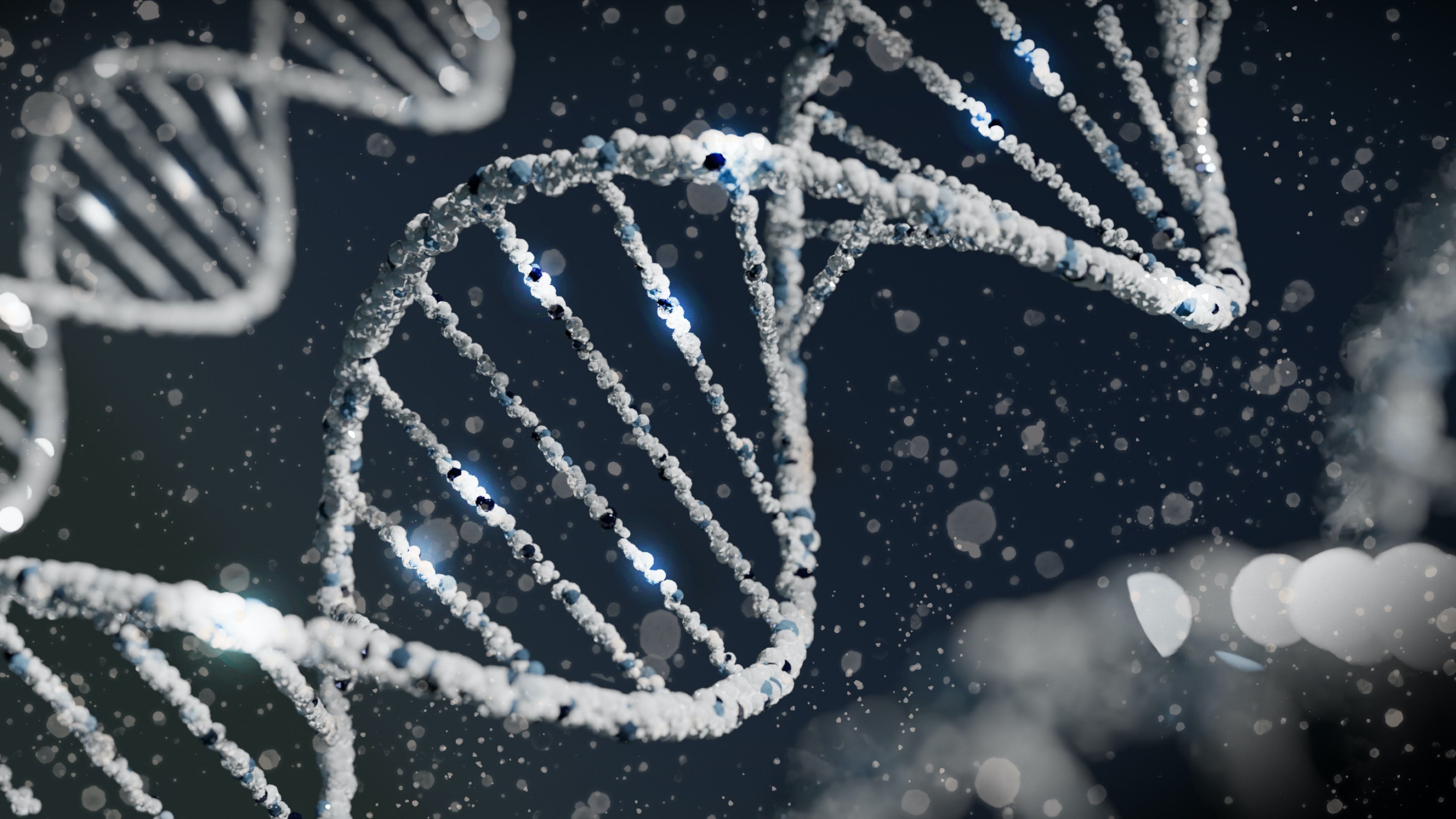Potential Cure for HIV from CRISPR Gene Editing in Phase 1/2 Clinical Trial
CRISPR edit of proviral DNA tested as potential cure for HIV in first participant of phase 1/2 clinical trial.

A potential cure for human immunodeficiency virus type 1 (HIV-1) created with CRISPR-based editing of HIV proviral DNA was well tolerated by the first participant of a phase 1/2 clinical trial, according to an announcement in September by study sponsor, Excision Biotherapeutics.
"It is the first time a CRISPR-based therapy targeting an infectious disease has been administered to a patient, and is expected to enable the first ever clinical assessment of a multiplexed, in vivo gene editing approach," said Daniel Dornbusch, CEO of Excision.
The utilization of bioinformatics programs to guide CRISPR genome editing for a potential viral defense, achieving high levels of viral excision while avoiding off-target effects, was presented at the American Society of Gene + Cell Therapy (ASGCT) annual meeting, May 16-18, 2022.
Investigators described using COTANA (CRISPR-Off-Target Nomination and Analysis) to guide CRISPR-Cas9 editing to produce pairs of guide RNAs (gRNAs) that cleave HIV, with minimal similarity to sites in the human genome. The subsequent application of multiplex amplicon sequencing identified high levels of viral excision without "indels" (unintended insertion/deletion of nucleotides into genomic DNA).
"The COTANA bioinformatics search of the human genome found no identical matches, as there are no target sites in human cells without HIV," reported Thomas Cradick, PhD, Chief Scientific Officer, Excision, and colleagues.
The resulting investigational candidate, EBT-101, was formulated with an adenovirus-associated virus vector serotype 9 (AAV9) to deliver CRISPR-Cas9 generated dual gRNAs to simultaneously target 3 distinct sites within the HIV genome.The investigators anticipate that a single intravenous infusion could produce a clinical cure through excision of large portions of the HIV genome and minimizing viral escape.
The phase 1/2 trial began in January, and is projected to enroll 9 participants (adult males 18-60 years of age) and to evaluate 3 dosage levels. The sponsor also anticipates a study to follow these participants long-term, with an estimated start in March 2023, and extending into 2037.
Inclusion criteria include documented chronic HIV-1 infection and stable ART regimen for ≥2 years prior to screening; with no interruptions within the last 12 months greater than 14 consecutive days. Exclusion criteria include documented prior HIV-1 drug resistance to ≥2 classes of ART, or history of≥1 change in ART due to virologic failure during preceding 2 years.
The first participant received EBT-101 in July, and, at the time of the September announcement, had tolerated it well.The investigators expect that the participant will qualify for analytical treatment interruption (ATI) of the background antiretroviral therapy (ART) at week 12 after dosing, in an evaluation of a potential cure.
The principal investigator of the phase 1/2 trial, Rachel Presti, MD, PhD, Washington University School of Medicine in St Louis commented in the announcement.
"Using gene editing to target the HIV DNA reservoirs in human cells is a novel investigational approach, designed to cure HIV," Presti said. "We are well-positioned to collect key data in this first-in-human study, to determine whether we can duplicate the success seen using his approach in animal models."
